Filippo Renga and Matteo Matteucci have been collaborating for several years in the study of digital technologies used in agriculture. They hold the Data Analytics for Smart Agriculture course of the PoliMI Ambassador in Green Technologies programme, which deals with the application of Artificial Intelligence techniques to data analysis in the agronomic field and aims at exploiting the world of data also from an economic and strategic point of view. Let’s introduce them.
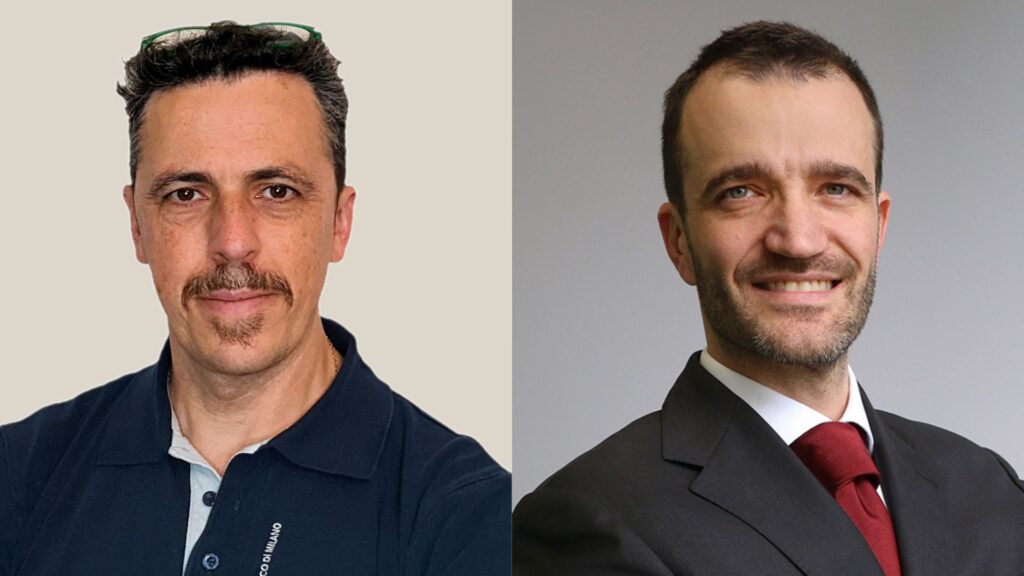
Filippo Renga, professor at the Department of Management Engineering at Politecnico di Milano, has been involved in digital innovation in various sectors for 23 years. He is co-founder of the Digital Innovation Observatories of the School of Management at Politecnico di Milano, where he has worked on mobile services, tourism, finance and agriculture. He is co-author of several academic articles and co-founder of five start-ups. He currently directs the Fintech & Insurtech Innovation, Travel Innovation and Business Travel Observatories and coordinates EU and international level activities of the Research Centre.
Matteo Matteucci is a professor in Information Processing Systems at the Department of Electronics, Information and Bioengineering of Politecnico di Milano. His research concerns autonomous robotics and machine learning, in particular pattern recognition, robotic perception, computer vision and signal processing. He is co-author of more than 50 articles in international journals, 25 in international books, and more than 150 contributions to proceedings of international conferences and workshops. He was responsible for national and international funded research projects on machine learning, autonomous robotics, robotic perception and benchmarking of intelligent and autonomous systems.
Let us start with some clarifications. What are we referring to when we talk about Agriculture 4.0? What makes it different, let’s say, from AgriTech?
FR: Agri Tech is about all technology applied to the world of agriculture: not only digital innovation but also mechanical, biochemical, process and many other types of innovation. In particular, Matteo and I focus on the application of digital innovation in agricultural production processes. In this case, we speak of Agriculture 4.0: to make it simple, it is a paradigm that follows that of Industry 4.0 and is the combination of precision agriculture (mechanics and electronics, for example), which has been in the market for some thirty years now, with the latest technologies such as the Internet of Things, Artificial Intelligence, sensor technology, etc.
I’d like to make it clear right away that, although one might think otherwise, agriculture is not a backward sector; on the contrary, the greatest spread of robots (Matteo taught me this) is in agriculture, especially in animal husbandry. As an example, for a long time the most popular wearable devices were those attached to cattle.
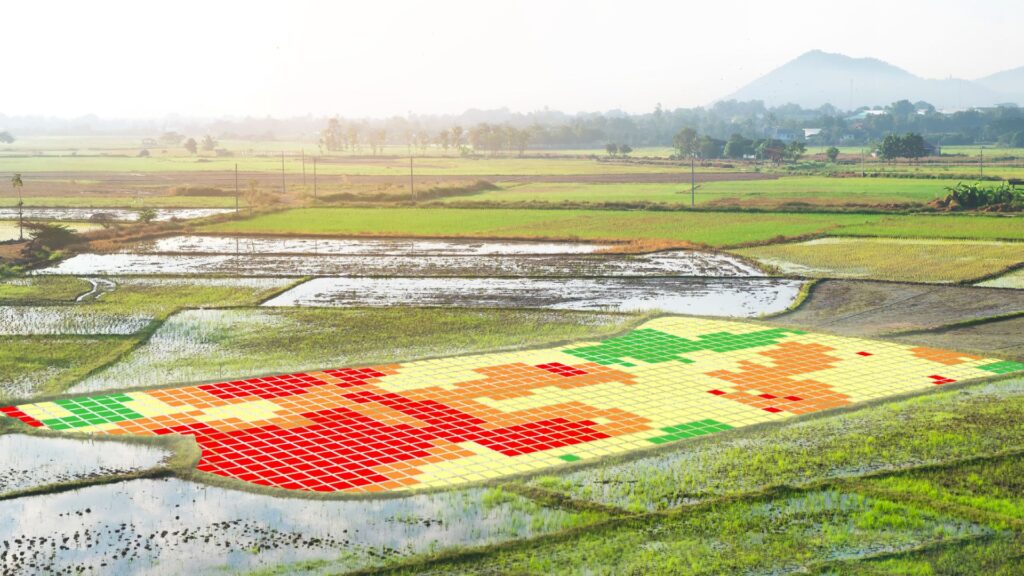
The component that undoubtedly presents the greatest opportunities is interconnectivity. Temperature monitoring systems in food transport vehicles, for example, make it possible to withdraw a product from sale if it has deteriorated in quality; satellite mapping makes it possible to recognise water stresses and thus intervene with targeted and more careful irrigation. Agriculture 4.0 is therefore a more interconnected agriculture, especially at the supply chain level.
MM: The connectivity and availability of data also allow for data historicisation and process optimisation through the application of data-based models. It is important to emphasise that the data cover all the steps of the supply chain: in the past, data were mainly collected at the last steps of the supply chain, for logistical and management reasons, whereas now, thanks to connectivity, they are already captured in the fields.
Precision agriculture, which Filippo has already mentioned, is about acting where actions is needed, as much as it is needed and when it is needed; data connectivity extends this paradigm as it allows you to act on the future through data-driven forecasting models; today, Artificial Intelligence systems can support long-term decision-making thanks to this vision of the supply chain vision that is made possible by Agriculture 4.0.
FR: To paraphrase Lord Kelvin, what cannot be measured cannot be improved. This is what we are trying to do, using Artificial Intelligence and data processing in the agricultural sector. Data can also support the public bodies in making concrete choices in the sector, such as incentives, intervention in cases of epidemic risk, management of stocks in excess of required quantities, and so on. The data are also useful for certifying health characteristics (a project by some Politecnico’s students showed that animals in Italy are less subject to intervention with antibiotics than those in other countries), thus generating more value throughout the supply chain (think of PDO products).
Finally, data allow for a more sustainable agriculture, both in an economic, environmental and social sense. For example, the availability and connection of data favours timely intervention in the event that there are unused products in one region that can be used in another. Having more information allows us to waste less and spend less.
Data is therefore a key aspect of Agriculture 4.0. Professor Matteucci, what is the role of robots in this sector?
MM: Robots enter the field especially in precision agriculture, which by definition requires an understanding of the context in order to make very precise and timely decisions. This type of farming often proves to be very costly and often clashes with the demands of mass production. The use of robots in agriculture has been fostered by organic farming, which involves the revival of certain traditional practices and reducing the use of pesticides, antibiotics and fertilisers, Robots, for example, are able to autonomously recognise a weed for removing it, they can recognise a fruit in order to decide when and how to pick it, and they are able recognise the onset of a disease and report it, etc.
To better understand the importance of robotics in the agricultural field, and the attention it is attracting not only in the academia, two aspects must be borne in mind:
1. The world of agriculture is today faced with two quite conflicting demands: on the one hand, soil protection measures and a reduction in resource consumption are called for; on the other hand, an increase in food production for an ever-growing population is required. These two different needs drive the improvement of techniques, which is made possible by the use of new technologies, such as connected fields and robotisation.
2. New technologies, especially robots, respond to the problem of labour shortages, especially in the harvesting sector. There are already many harvesting machines such as automatic grape harvesters or olive harvesters, but it is necessary to distinguish the degree of ripeness of a fruit before it can be harvested, new technologies are needed, in particular those of Artificial Intelligence.
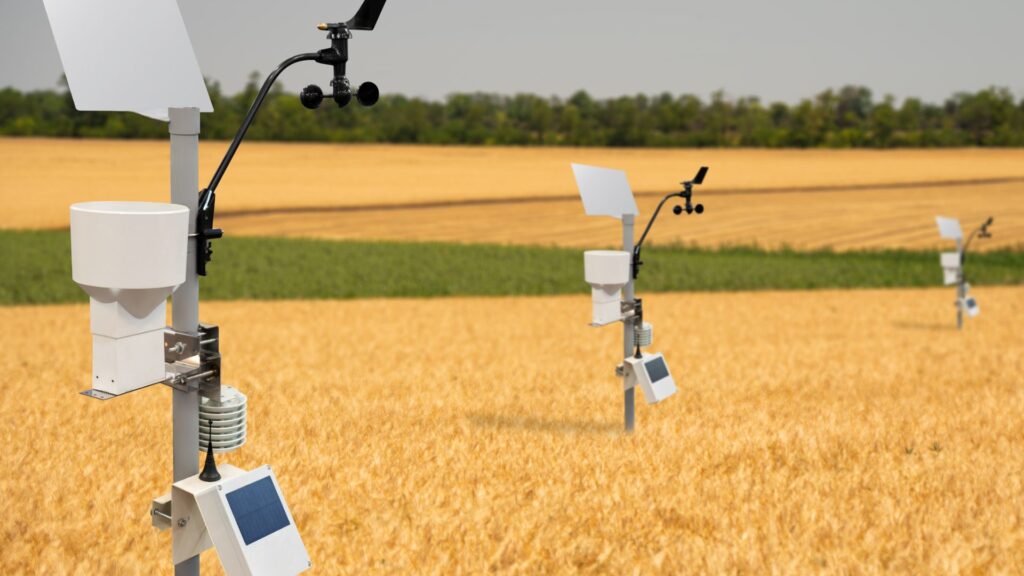
FR: I would like to ask Matteo a question: what do you think are the challenges facing digital innovation in agriculture?
MM: From a research point of view, the agricultural sector has different challenges compared to the other application domains I come from. First and foremost, variability: robots used in agriculture work with a large number of crop varieties, under many different weather and soil conditions. To make a pun, I have found fertile ground for my passion as a researcher in this field.
Another challenging aspect is the interaction of machines with living things: plants, like animals, are not artefacts or objects made by man, but are living things that change. This is an interesting scientific and technological challenge for Artificial Intelligence and algorithm development.
Finally, another characteristic is multidisciplinarity: in my work there is a strong exchange with other professions, such as with agronomists, and therefore there is a greater involvement of different disciplines, both engineering and non-engineering ones.
Italian production world is characterised by medium-small sized enterprises. According to your different engineering approaches, how much and how does this affect technological development in the agricultural sector, also in comparison to Europe and the rest of the world?
FR: From the market point of view, we have not found major differences between us and other European countries. The backwardness of some technological areas, compared to other global players, affects the country as a whole. The American world, for example, is certainly more advanced, with large Internet platforms that support and influence certain elements of agriculture.
The diffusion of technology is undoubtedly affected by the small size of our enterprises: it is institutions and not individual enterprises that drive systemic innovations. In addition, in Italy digital technology users have a lower awareness level of these tools. This is not to say that technology is not fully utilised in the agricultural sector: I can give you the example of farmers who years ago used measured satellite maps to calculate their remuneration. What we lack is most complex technology: our enterprises have no IT experts, but often with great expertise in mechanical engineering. This lack affects the speed certain digital technologies are adopted.
Our job is to make people understand the benefits and opportunities generated by technological solutions, so that farmers and entrepreneurs acquire, learn and use them. To support this, we launched the QuantiFarm project (www.quantifarm.eu), funded by the European Union, where we evaluate the impact of different digital technologies in 30 supply chains across Europe.
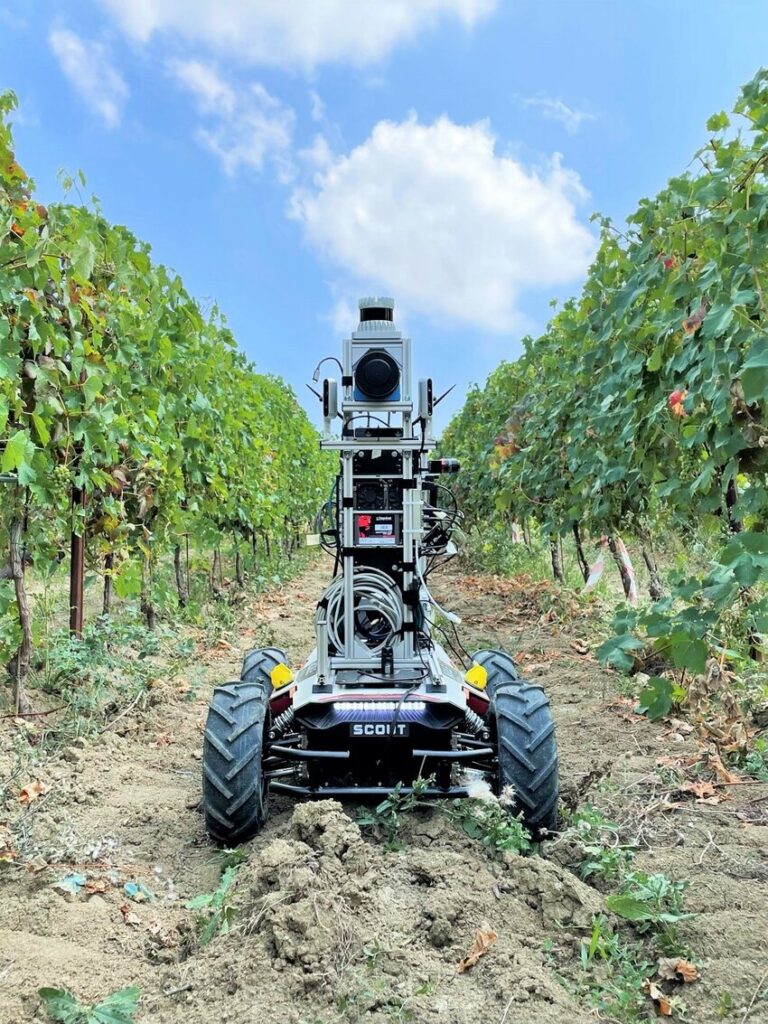
MM: I agree: Italy is a leader in the production of machinery and equipment, but from the point of view of IT technology, some countries are certainly more advanced than us, also thanks to state investments. Our hope is that initiatives such as the National Centre for Agritech, envisaged in the NRRP, will encourage technological development in our country.
As regards the aspect more related to research and scientific production, Italy, as is very often the case in robotics, is among the world’s big players. We are therefore continuing the Italian tradition of industrial and service robotics also in the agricultural sector.
I agree with Filippo: our country needs to get IT experts, or at least IT skills, into farms and agri-food chains. It is true that Italy is not a country reluctant to technology (we are among the first for the diffusion of smartphones), but it mainly focuses on simple technology with is easily accessible, even economically. The fragmentation of the Italian production world and the cost of access to technology have created a kind of inertia. It is therefore important to create a perception of the value of technology and raise awareness of their impact on the entire supply chain, as well as making local forecasting and monitoring tools more accessible. For example, there are apps that help optimise water use in production using sensors in the fields, weather forecasts and historical data, and there are also apps for monitoring of the growth of certain crop varieties and suggest appropriate interventions to operators in the sector, from farmers to entrepreneurs. To take the example of satellite maps, there are now low-priced drones available that can provide very precise maps and are affordable and suitable for farmers and agricultural entrepreneurs who want to optimise production.
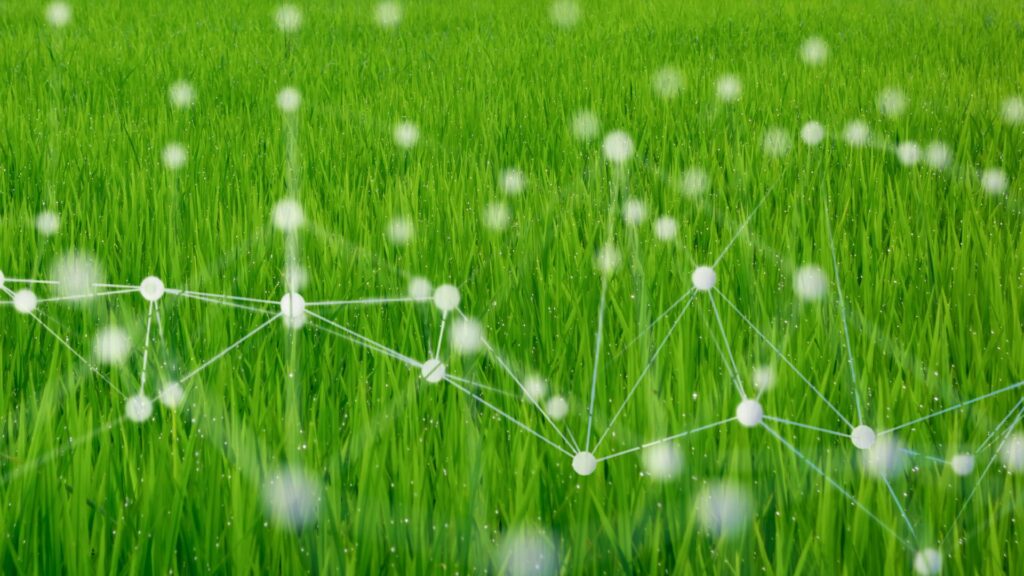
Technology therefore presents us with multiple opportunities, which we must know how to seize. Do you think there is also an emergency to stimulate research in this area?
FR: The urgency is not so much the economy as sustainability. It is important to emphasise that being sustainable means paying attention to many aspects at the same time (just look at the number of SDGs), which may be at odds with each other. How can we solve this contrast? Just as humankind has always done until now: by innovating. To truly succeed in sustainability, we must to innovate, that is, apply new technologies.
MM: The demands are at different levels. Sustainability is a medium- to long-term strategic objective. Certain urgencies that we see as more immediate, such as the labour shortage mentioned earlier, can act as a catalyst for innovation. Some more obvious challenges in the present can therefore demonstrate the benefits of innovation and research and, then, of development.
According to the different points of view of your research, what is the big challenge in the agricultural sector?
MM: The opportunity is definitely in the availability of data. In some sectors we are running to fill the gap, while in agriculture we can keep up with the others. Indeed, Italy already is a world leader thanks to its know-how in the agri-food sector; the challenge is to seize the opportunities offered by the development of new techniques, new algorithms and new knowledge in general.
FR: I emphasise that in the information economy, data is the new oil: it is a source of value for all enterprises, all societies and all processes. And this also applies to the agricultural sector.
